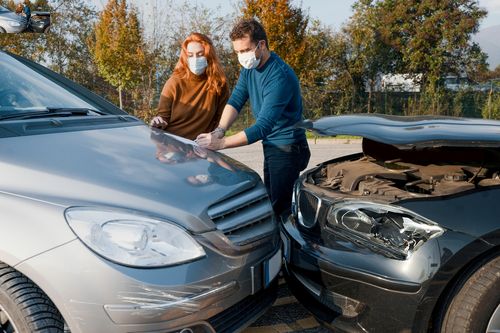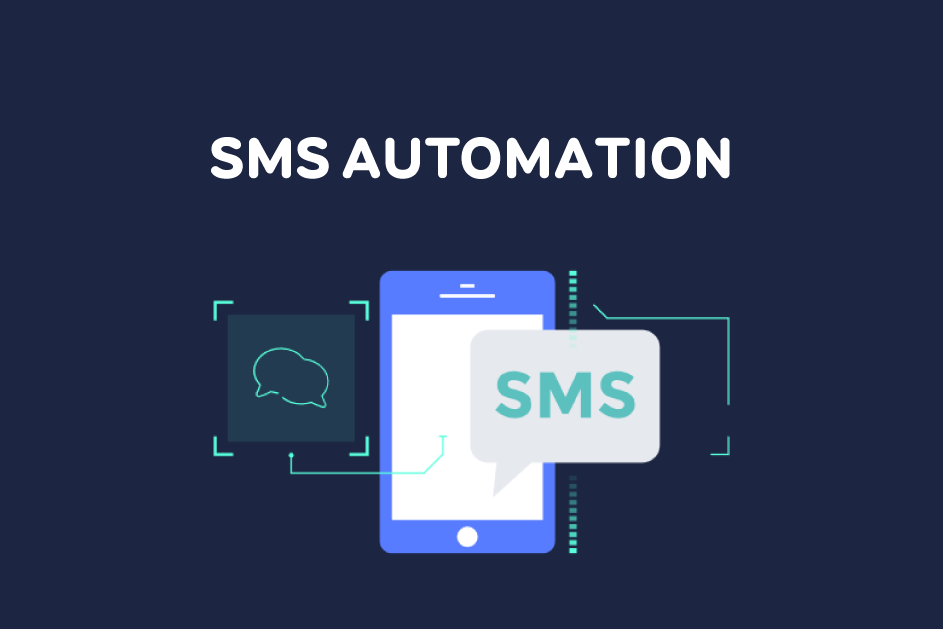Imagine driving like any other responsible motorist when suddenly, you heard the sound of screeching brakes. Immediately after, you felt the unmistakable impact of another car crashing into yours. The next thing you know, your body has slammed against the inflated airbag on the driver’s side.
That’s a common scenario in the U.S., where one motor vehicle crash occurs every five seconds. Not only do these incidents cause property damage, but also injuries that often require costly medical treatment.
Fortunately, the law allows car crash victims to seek compensation from liable parties.
But who exactly are these responsible parties?
This guide breaks down what you need to know about liabilities in automobile crashes, so read on.
What Being Liable Means in a Vehicle Crash
Being liable in a car crash means being legally responsible for causing the incident. You may also hear this referred to as being “at fault.”
In many states, the liable party or parties in a vehicle crash will pay for their victims’ losses (called “damages” in legal terms). Victims may include the other drivers, passengers, and anyone else harmed in the incident.
Who Exactly Is Liable in a Car Crash?
The primary liable party or parties in a vehicle crash are those who caused or contributed to it. In many cases, these are the at-fault drivers whose negligence led to the incident.
Negligence is failure to exercise appropriate and, in many cases, ethical ruled care when doing something. So, a negligent party in a car crash is one who did something or failed to do something that caused or contributed to the incident.
Below are examples of negligent acts and behaviors that can make a driver liable in a crash.
Driving Too Fast
Excessive speeding is illegal and is one of the most common causes or factors in road fatalities. In 2021 alone, it contributed to nearly one in three traffic deaths.
Driving too fast can cause vehicle crashes because it cuts a driver’s response time. This results in the driver being unable to react in time to prevent a collision.
Excessive speeding also increases the time needed to stop a vehicle. Moreover, the faster a car goes, the more significant the impact against another vehicle.
Driving Under the Influence (DUI)
Driving under the influence of alcohol or drugs is a negligent, illegal behavior. They can affect almost all the physical skills necessary for safe vehicle operation. They can impair attention, motor skills, decision-making, and perceptual functioning while driving.
Distracted Driving
Distracted driving is when a driver operates a vehicle while doing something else that takes their attention away from driving. It’s a dangerous, negligent behavior that can lead to car crashes, injuries, and deaths.
A perfect example of distracted driving is using a cell phone while operating a vehicle. Experts say this is the most significant contributor to distracted driving in the U.S.
Other ways that distracted driving may occur include the following:
- Eating or drinking
- Operating the car stereo, GPS, or entertainment system
- Talking to passengers
- Putting on makeup
Because driving requires complete focus, even a few seconds of distraction can lead to a crash. So, a driver found to have operated a vehicle distractedly will likely be liable for a car crash.
Rear-Ending Another Vehicle
In many instances, the driver who rear-ends another vehicle is liable or at fault. The basis for this is that all drivers should keep a safe following distance from the car in front of them. It gives them adequate time to step on the brakes to avoid a crash, even if the vehicle in front of them suddenly stops.
The rationale is that if the at-fault driver had paid attention and maintained a safe distance, they would have been able to brake on time. As a result, they would have avoided rear-ending the leading vehicle.
Driving on the Wrong Side of the Road
Motorists intentionally drive on the wrong side of the road to avoid traffic congestion. Many also do this to overtake a slower vehicle in front of them.
Overtaking or passing is legal on two-lane roads with enough sight distance and those with four or more lanes. However, drivers who overtake must still practice care to ensure there’s no incoming vehicle. So, if they fail to do so and crash into another car in the other lane, they’ll be liable for the collision.
Operating an Ill-Maintained Vehicle
Not maintaining a car is a perfect example of being negligent by failing to do something. A lack of maintenance can contribute to crashes because it can compromise a vehicle’s roadworthiness.
For instance, a driver may have crashed their car into another vehicle because their brakes didn’t work. The latter may have occurred because the driver failed to have their brakes inspected, tuned up, or replaced by a qualified mechanic as recommended by the manufacturer. In this scenario, the driver may be liable for the crash due to not maintaining the vehicle.
Are At-Fault Drivers the Only Ones Liable?
No.
Multiple parties or entities can sometimes be liable for a car crash. They may not have been at the scene of the incident, but they could still be legally responsible or partly at fault. Here are some examples.
The At-Fault Driver’s Insurance Provider
Most states, except New Hampshire and Virginia, require motorists to carry auto insurance. Even then, most drivers in both states have insurance. The uninsured motorist rate in New Hampshire was only 6%, while Virginia’s was 11% in 2021.
Suppose you got involved with another insured motorist who caused the crash. In this case, the at-fault driver’s car insurance policy provider should pay for your and your passenger’s losses. These may include payments for the following:
- Vehicle repairs
- Medical bills
- Lost income
- Pain and suffering
The opposite is true if you are liable.
For example, let’s say you’ve rear-ended another vehicle. Luckily, bodily and property damage liability coverages are part of the cheap car insurance policy you bought. In this case, your auto insurance provider should cover the losses of the party you crashed into, as you’re at fault.
The Owner of the Car Driven by the At-Fault Driver
There are two legal principles in which the owner of a vehicle driven by another driver can be liable for a crash.
The first is vicarious liability, which makes a third party “strictly” liable for someone else’s wrongdoing. The second is negligent entrustment, in which a car owner allows a driver they know has a terrible driving history to drive their vehicle.
Example of Vicarious Liability
A typical scenario in which this principle applies is when the vehicle owner is an employer, and the at-fault driver is their employee. If the latter’s negligence caused the crash, the law will likely hold the employer vicariously liable for their employee’s wrongdoing. So, victims can pursue both the at-fault driver (the employee) and the owner (the employer).
Example of Negligent Entrustment
Suppose a driver who caused a crash was also liable for other traffic incidents in the past. The vehicle’s owner knows about this person’s terrible driving history. Despite this, they allowed this motorist to borrow and operate their car.
In that scenario, the car owner will likely be liable, too, as they negligently entrusted their vehicle to someone they know is a risky driver.
Car Manufacturers
Car makers may also be liable for crashes caused by design or manufacturing defects in their products.
For example, a driver crashed their car into another after their brakes failed. Then, the post-crash investigation revealed that the brakes didn’t work because of a design or factory defect. In this case, the law will likely regard the car manufacturer as liable due to their defective product.
Mechanics or Auto Service Centers
Mechanics and auto service centers owe their customers a duty to use reasonable care when completing tune-ups and repairs. If they fail to do so, their negligent actions or behaviors may contribute to a road incident. If this happens, the law may also make them accountable for the crash.
Government Agencies
Government agencies may also be liable for crashes on public roads and highways.
Suppose a motorist loses control of their car after passing an uneven or potholed part of a public road. As a result, they crashed into another vehicle.
Let’s also say the government agency responsible for the road’s maintenance knew about the road’s poor condition. However, they failed to fix the issue on time and provide adequate warnings about the problem.
In that scenario, the crash victims can pursue the liable agency for their losses.
Drive Responsibly to Avoid Liabilities
Being liable for a vehicle crash means being at fault or responsible for causing the incident. While this can apply to insurers, car makers, and even mechanics, it often begins with an irresponsible, negligent driver. Their negligence not only leads to property damage but also injuries and even deaths.
That’s a good enough reason for all motorists to be responsible, safe drivers. In doing so, they can avoid liabilities and, most importantly, avoid harming other road users.
For more health, safety, or travel-related guides, browse our other news articles and blog posts!


